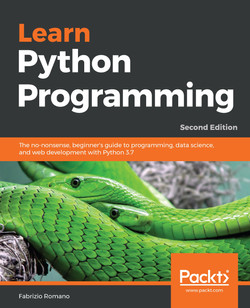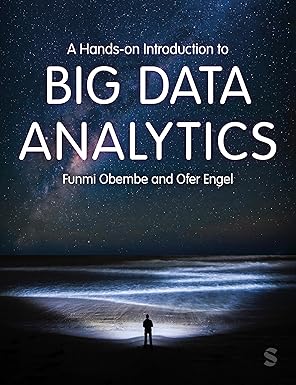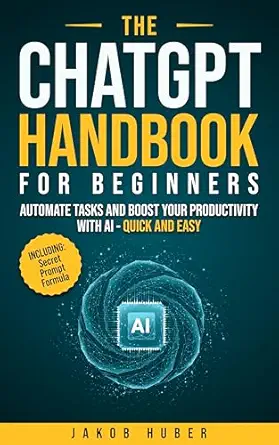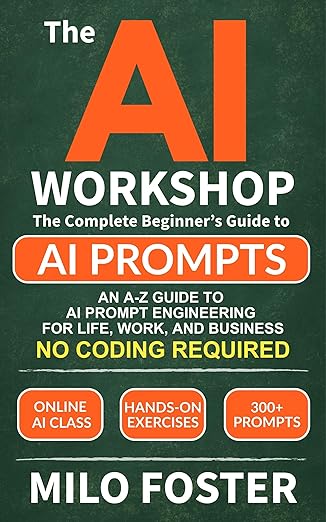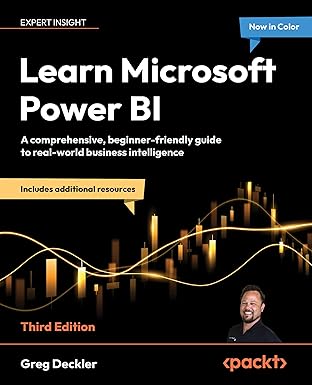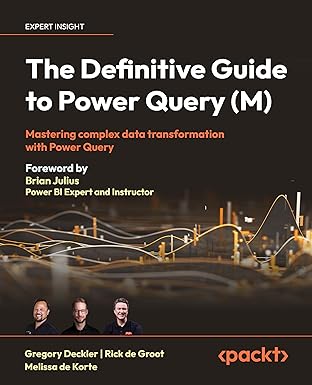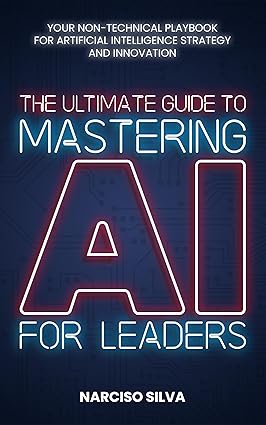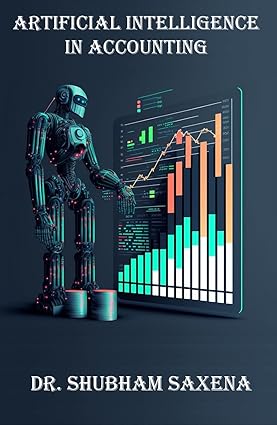Book Description
Learn Python Programming is a quick, thorough, and practical introduction to Python - an extremely flexible and powerful programming language that can be applied to many disciplines.
Unlike other books, it doesn't bore you with elaborate explanations of the basics but gets you up-and-running, using the language. You will begin by learning the fundamentals of Python so that you have a rock-solid foundation to build upon.
You will explore the foundations of Python programming and learn how Python can be manipulated to achieve results. Explore different programming paradigms and find the best approach to a situation; understand how to carry out performance optimization and effective debugging; control the flow of a program; and utilize an interchange format to exchange data. You'll also walk through cryptographic services in Python and understand secure tokens.
Learn Python Programming will give you a thorough understanding of the Python language. You'll learn how to write programs, build websites, and work with data by harnessing Python's renowned data science libraries. Filled with real-world examples and projects, the book covers various types of applications, and concludes by building real-world projects based on the concepts you have learned.
چکیده فارسی
شرح کتاب
Learn Python Programming مقدمه ای سریع، کامل و کاربردی برای Python است - یک زبان برنامه نویسی بسیار انعطاف پذیر و قدرتمند که می تواند در بسیاری از رشته ها اعمال شود.
برخلاف کتابهای دیگر، با توضیحات مفصل درباره اصول اولیه شما را خسته نمیکند، اما با استفاده از زبان، شما را سرحال میکند. شما با یادگیری اصول پایتون شروع خواهید کرد تا پایه ای محکم برای ساختن داشته باشید.
شما مبانی برنامه نویسی پایتون را بررسی خواهید کرد و یاد خواهید گرفت که چگونه پایتون را می توان برای دستیابی به نتایج دستکاری کرد. پارادایم های مختلف برنامه نویسی را کاوش کنید و بهترین رویکرد را برای یک موقعیت پیدا کنید. درک نحوه انجام بهینه سازی عملکرد و اشکال زدایی موثر؛ کنترل جریان یک برنامه؛ و از یک فرمت تبادل برای تبادل داده استفاده کنید. همچنین میتوانید از طریق سرویسهای رمزنگاری در Python قدم بزنید و نشانههای امن را درک کنید.
Learn Python Programming به شما درک کاملی از زبان پایتون می دهد. شما یاد خواهید گرفت که چگونه برنامه بنویسید، وب سایت بسازید، و با استفاده از کتابخانه های علم داده معروف پایتون، با داده ها کار کنید. این کتاب که پر از مثالها و پروژههای واقعی است، انواع مختلفی از برنامهها را پوشش میدهد و با ساختن پروژههای دنیای واقعی بر اساس مفاهیمی که آموختهاید به پایان میرسد.
ادامه ...
بستن ...
- Title: Learn Python Programming - Second Edition
- Author(s): Fabrizio Romano
- Release date: June 2018
- Publisher(s): Packt Publishing
- ISBN: 9781788996662
ادامه ...
بستن ...
